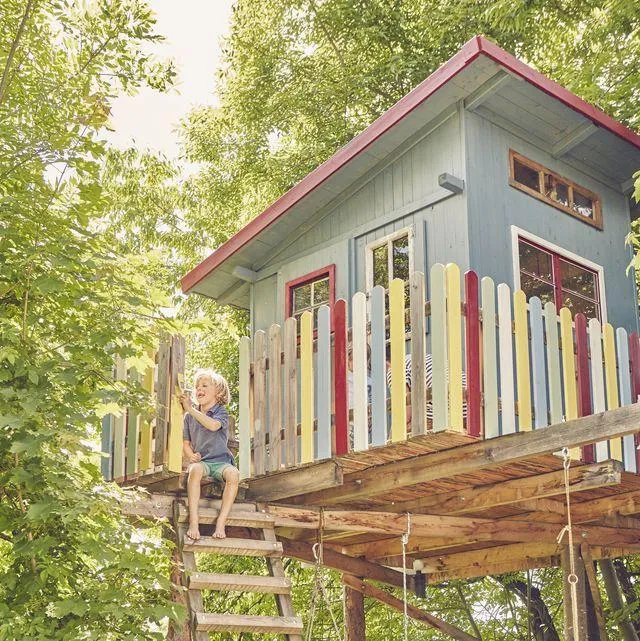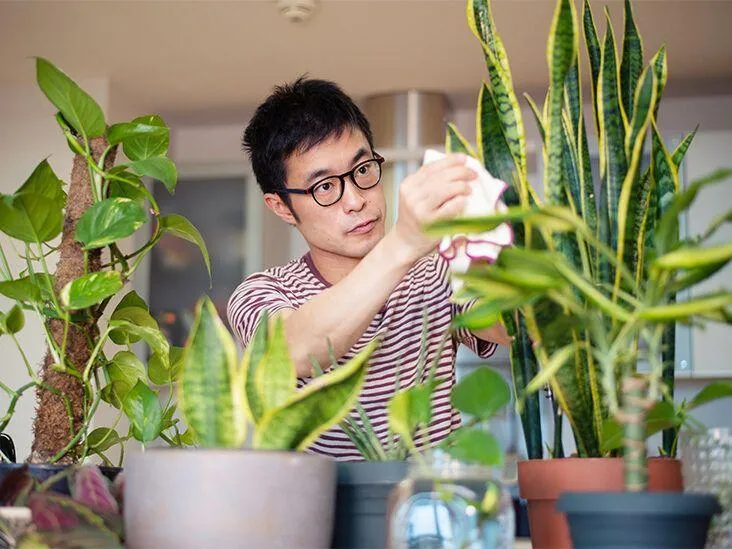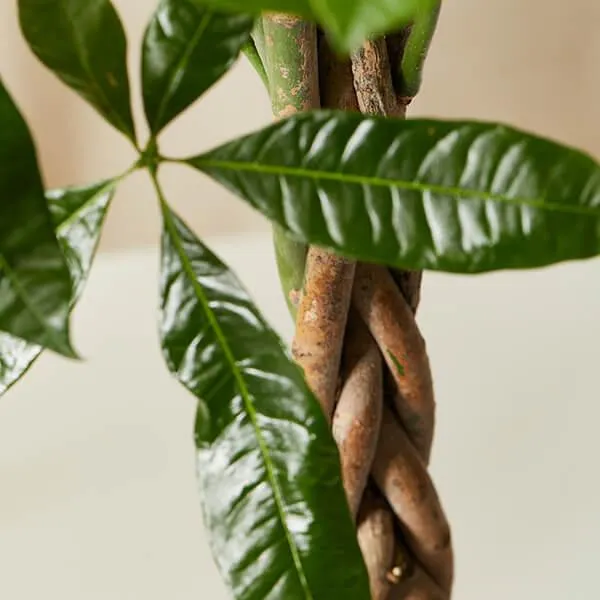Everything You Need to Know About Growing Indoor Trees
If you’re searching for how to “beat indoor trees,” you’ve come to the right place. Growing trees inside can seem like a tough challenge, but with the proper care and knowledge, it’s absolutely possible to have thriving indoor foliage. In this article, I’ll cover all the basics of indoor tree cultivation and address some common concerns users may have.
Choosing the Right Type of Tree
The first step is selecting a tree species suited to indoor conditions. From my experience keeping plants, I’ve found some varieties adapt better than others. Here are some top options:
- Dwarf Umbrella Tree: With its compact shape and tolerance for low light, the umbrella tree is ideal for small spaces. I have one thriving in my office!
- Japanese Maple: Renowned for their beautiful fall colors, miniature Japanese maples offer lovely foliage without huge size. Just give them plenty of bright light.
- Chinese Evergreen: Extremely low maintenance, Chinese evergreen continues producing lush green leaves year-round with minimum sunlight. It’s as hardy as they come.
Avoid trees accustomed to full sun like fruit trees, which may lose leaves indoors. Stick with varieties marketed for indoor growing.
Providing the Right Growing Conditions
After choosing your tree, you’ll want to focus on replicating aspects of its ideal outdoor environment. One key aspect is light exposure. Most indoor trees demand humid, indirect sunlight for much of the day.
If your space gets limited natural light, consider investing in grow lights. From experiences I’ve had, a good quality full-spectrum LED fixture suspended overhead can work wonders. Just be sure the lights shine for 10-12 hours daily.
Soil moisture and drainage are also essential. Indoor trees suffer rot when their roots sit in heavy, wet soil for too long. I always use a well-draining potting mix amended with perlite or bark to improve aeration. And of course, don’t overwater! Stick your finger an inch deep to check dryness before watering.

One final factor is humidity. Household heat tends to significantly lower indoor moisture levels that trees need. Setting the pot on a pebble-filled tray of water helps boost ambient humidity levels around roots. A humidifier is an even better option to keep humidity in the 40-60% range.
Potential Problems and Solutions
Despite our best efforts, issues can arise. Here are some common indoor tree troubles and suggested remedies based on situations I’ve faced:
- Leaf drop: Too little light is the usual culprit here. Increase exposure or add grow lights. Pests like mites can also cause leaf loss.
- Wilted leaves: Overwatering leads to root rot, so thoroughly check moisture levels before watering. Allow topsoil to dry out partially in between.
- Yellowing foliage: Nutrient deficiency could be to blame. Give trees a diluted liquid houseplant fertilizer 1-2 times a month during growing seasons.
- Pests: Aphids, spider mites, and scale can infest indoor trees. Pick off by hand or treat with neem oil or insecticidal soap.
With proper troubleshooting, indoor trees can bounce back from all kinds of issues. Always isolate and quarantine sick plants away from healthy ones to prevent spread.
Maintaining a Beautiful Indoor Tree
Once established, indoor trees need periodic grooming and care. Tasks like pruning, repotting, and protecting from insects can help keep specimens looking their best:
- Prune off dead or damaged branches to promote compact growth. Be cautious not to over-thin trees.
- Check root growth yearly and repot into a slightly larger pot using fresh soil if bound. This encourages ongoing vigorous root development.
- Check weekly for signs of pests and address swiftly using natural remedies. Prevention is key to avoid infestations.
- Wipe down leaves occasionally with a damp paper towel to remove dust. Clean foliage helps maximize photosynthesis.
- Rotate tree placement weekly so all sides receive equal sunlight. This prompts symmetrical, bushy growth.
With diligent care routines like these, indoor trees can look as lush years later as when first purchased. Proper upkeep truly is half the battle when growing trees inside.
Dealing with Seasonal Changes
Another consideration for keeping indoor trees healthy relates to seasonal fluctuations in day length and temperature. Here are some tips to ease trees through transitional periods:

Come spring, trees stored all winter need gradual acclimation to stronger light. Initially, place in low-light areas and slowly increase exposure over weeks. This adjusts physiology without sun scorch.
Conversely in fall, start moving trees to shadier spots ahead of winter. Diminish artificial light hours by 15 minutes weekly to mimic shorter days. This cues trees to halt growth before dormancy.
Heating in winter poses risks of overly dry air, so really focus on upping humidity. Water pebble trays frequently and consider a humidifier. Lower nighttime temperatures too if heating makes areas too warm.
With some adjustments like these, indoor trees can thrive year-round in the home. So don’t “beat” yourself up over growing them – with diligence, it’s absolutely possible!
I hope this guide has addressed all your questions about keeping trees indoors. Please feel free to reach out if you need any additional help along the way. With the proper care, your trees will continue to beautify your indoor spaces for many seasons to come.
Choosing an Indoor Tree

| Tree Type | Light Requirements | Water Requirements | Size | Care Level |
|---|---|---|---|---|
| Peace Lily | Low to medium light | Allow soil to dry out between waterings | Up to 2 feet tall | Easy |
| Pothos | Low light | Water when topsoil is dry | Trailing vine up to 10 feet | Very easy |
| Snake Plant | Bright, indirect light | Allow soil to dry out between waterings | Up to 3 feet tall | Very easy |
| Chinese Evergreen | Bright, indirect light | Water when top 1 inch of soil is dry | Up to 5 feet tall and wide | Moderate |
| English Ivy | Low to bright, indirect light | Water when topsoil is dry | trailing vines up to 30 feet | Easy |
FAQ
-
What types of indoor trees can I grow?
There are basically a ton of different tree varieties that can thrive inside your home. Some popular options are: ficus trees, dwarf date palms, citrus trees like lemon or lime, fig trees, and dwarf banana trees. At the same time, peace lilies and spider plants really aren’t trees but they give off a very tree-like vibe.
-
How much sunlight do indoor trees need?
Most indoor tree varieties will need at least a few hours of direct sunlight every day to remain healthy and grow properly. However, some more shade tolerant types like ficus or bamboo palm can survive with less. It’s important to put the tree in a spot where it will get partial morning sun and check on it occasionally – if the leaves start to look pale or drop, it may need a brighter area.
-
What kind of soil should I use?
For indoor trees, you’ll want a good quality potting mix rather than just plain old dirt from outside. Look for a soil specially made for houseplants with good drainage. You don’t want the roots sitting in soggy soil kind of like people! A good mix will contain compost or other organic material for nutrients along with perlite or vermiculite to prevent compaction and allow water to pass through.
-
How often should I water my indoor tree?
The frequency of watering will vary depending on the size of the tree, type of soil, and environmental factors. As a general rule, stick your finger an inch or two into the soil and water when it starts to feel dry. During the summer it could be every 5-7 days for a smaller tree but winter might stretch it out to every couple of weeks. The soil should dry out somewhat in between waterings. Who knows, you might come to recognize the signs when your tree is thirsty!
-
What about fertilizing?
Providing a balanced houseplant fertilizer during the growing season will help keep your indoor tree healthy. Look for a product labeled for foliage plants and follow the package directions – typically you’ll fertilize every few months. It seems a little weird to fertilize a tree indoors but they still need nutrients to thrive. Don’t overdo it though, or you might end up with a situation that’s not very pretty.
-
How do I keep pests away?
Keeping an eye out for signs of bugs is important when growing any houseplants. You may occasionally see tiny spider mites, aphids, or scale insects on indoor trees. To basically prevent pests, regularly check the foliage for critters and wipe them off with a damp cloth if spotted. You can also make a natural insecticidal soap spray or neem oil spray to treat any infestations. With a little TLC, you can have happy, healthy indoor trees pest-free!

-
Will my tree produce fruit indoors?
It’s possible but not necessarily probable for some fruit tree varieties to produce edible fruits when grown as an indoor plant. Citrus trees, for example, may only set a few small fruits with adequate light, feeding and drainage. Fig trees have a better chance. So if you want an indoor tree mostly for decoration, stick with those types. But if productive fruit is more your goal, growing them outside could better serve their needs. Hey, it’s still fun to dream though, right?
-
Anything else I should know?
While indoor trees may require slightly different care than outdoor trees, things like pruning, repotting when rootbound, and protecting from drafts still apply. Remember too that some trees like ficus and bamboo palm can get fairly big, so be sure to provide adequate space. Perhaps get some tree trimming shears just in case. Most of all, enjoy your new leafy companion! It can be truly stunning how much joy a living tree brings indoors.
